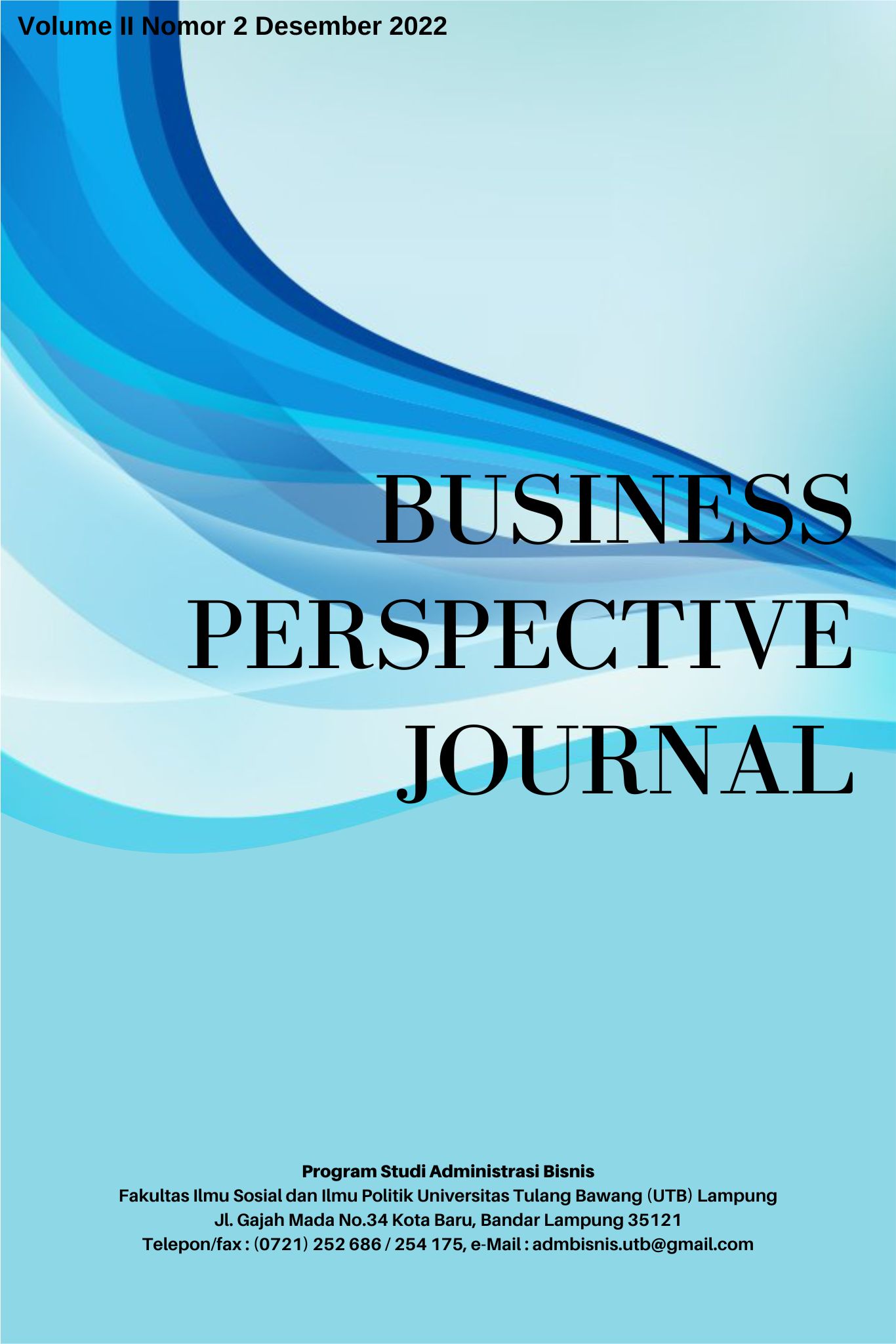Estimasi Model Substitusi Tidak Sempurna Volume Perdagangan Indonesia
DOI:
https://doi.org/10.37090/bpj.v2i2.774Abstrak
The international trade consists of two components, volume and price. The price component is a deflator for international trade. Meanwhile, the volume component can be regarded as the real condition of international trade. In this paper, the author tries to explain the relationship between export and import volumes according to the theoretical basis. The response variable is the quantity (volume) of imports and exports. Meanwhile, the control variables, such as GDP and REER, are in accordance with the "imperfect substitute" model. Based on multiple regression analysis, it is known that the volume of imports is influenced by purchasing power and the negative effect of the relative price of imported goods on domestic prices. Meanwhile, export volume growth was positive by production capacity and negative effect by international relative on domestic costs.
Keywords: trade, imperfect substitutes, ECM, volume component
Unduhan
Referensi
Albahanta, A., & Alajmi, H. (2020). Application of Econometrics on international trade (export & import) and other independent variables. Sultan Qaboos University College of economics and political science Department of finance and economics Spring 2020.
Cevik, Saygin (2001). Econometric Modelling of Import Demand and Export Supply in Turkey. The Institute of Economics and Social Sciences of Bilkent University.
Goldstein, Morris, and Mohsin S. Khan. (1985). Income and Price effects in foreign trade, Handbook of International Economics II: 1041-1105.
Gopalan, S., Malik, A. A., & Reinert, K. A. (2014). The Imperfect Substitutes Model in South Asia: Pakistan–India Trade Liberalization in the Negative List. South Asia Economic Journal 14(2) 211–230
Gujarati, D.N., & Porter, D.C. (2009). Basic Econometrics. Fifth Edition. The McGraw-Hill Series Economics
Hirsch, Fred and Ilse Higgins (1970). An Indicator of effective exchange rates. IMF Staff Papers, November, pp. 453-487.
Klau, Marc and Fuing, San Sau (2006). The new BIS effective exchange rate indices. BIS Quarterly Review.
Lestari, E., widiharih, T., & Rahmawati, R (2017). Peramalan Ekspor Nonmigas dengan Variasi Kalender Islam Menggunakan X-13-Arima-Seats (Studi Kasus: Ekspor Nonmigas Periode Januari 2013 sampai Desember 2017). Jurnal Gaussian, Vol. 7, No. 3, 2018, pp 236-247. https://ejournal3.undip.ac.id/index.php/gaussian/
Musyoka, M.P (2010). Using Double-Log Imperfect Import Substitutes Model to Estimate Compensated Elasticities and Welfare Impacts. Joint 3rd African Association of Agricultural Economists (AAAE) and 48th Agricultural Economists Association of South Africa (AEASA) Conference, Cape Town, South Africa, September 19-23, 2010.
Robert F. Engle and C. W. J. Granger (1987). Co-Integration and Error Correction: Representation, Estimation, and Testing. Econometrica, Vol. 55, No. 2 (Mar., 1987), pp. 251-276
Tokarick, Stephen (2010). A Method for Calculating Export Supply and Import Demand Elasticities. IMF Working Paper WP/10/180
Turner, P. & Van’t dack, J. (1993). Measuring International Price and Cost Competitiveness. BIS Economic Papers, No. 39, November 1993
Waheed, Ibrahim and Ayodele, Jimoh (2012.) Real Exchange Rate and Real Effective Exchange Rate Measurement: Some Theoretical Extensions. MPRA Paper No. 59428.
Unduhan
Diterbitkan
Terbitan
Bagian
Lisensi
Hak Cipta (c) 2022 Business Perspective Journal

Artikel ini berlisensi Creative Commons Attribution 4.0 International License.






